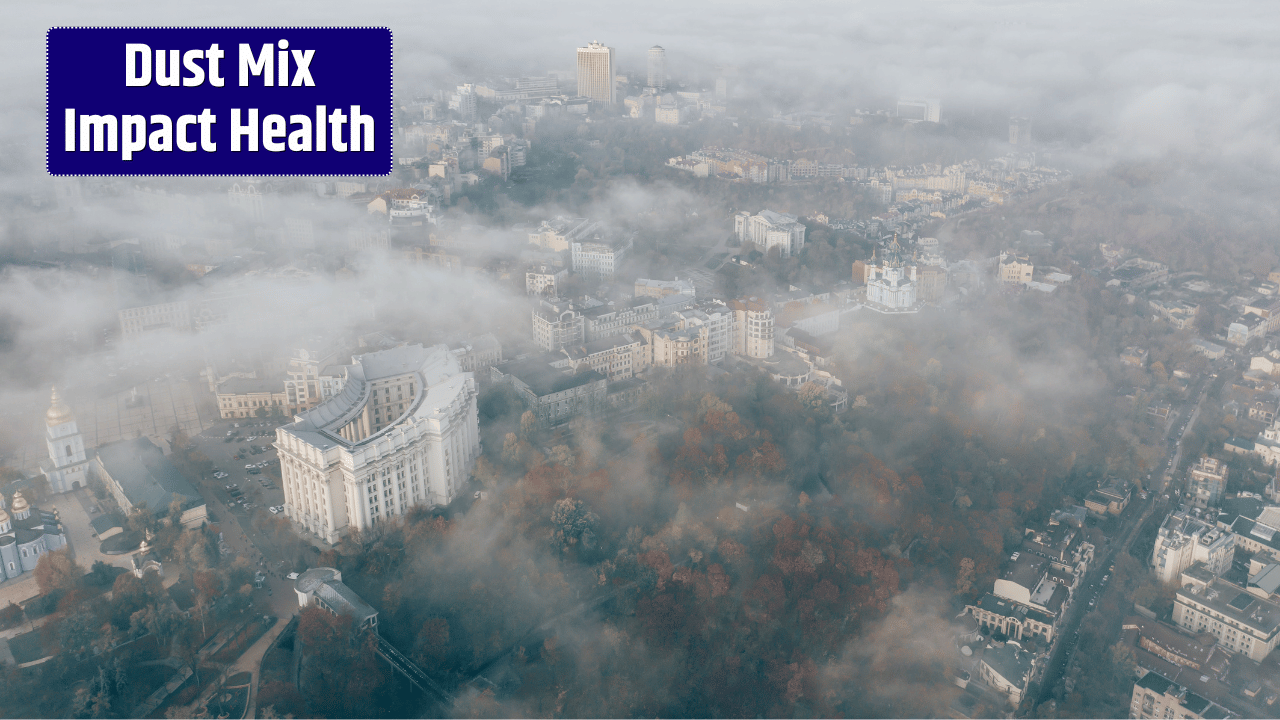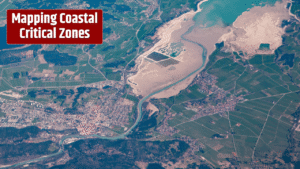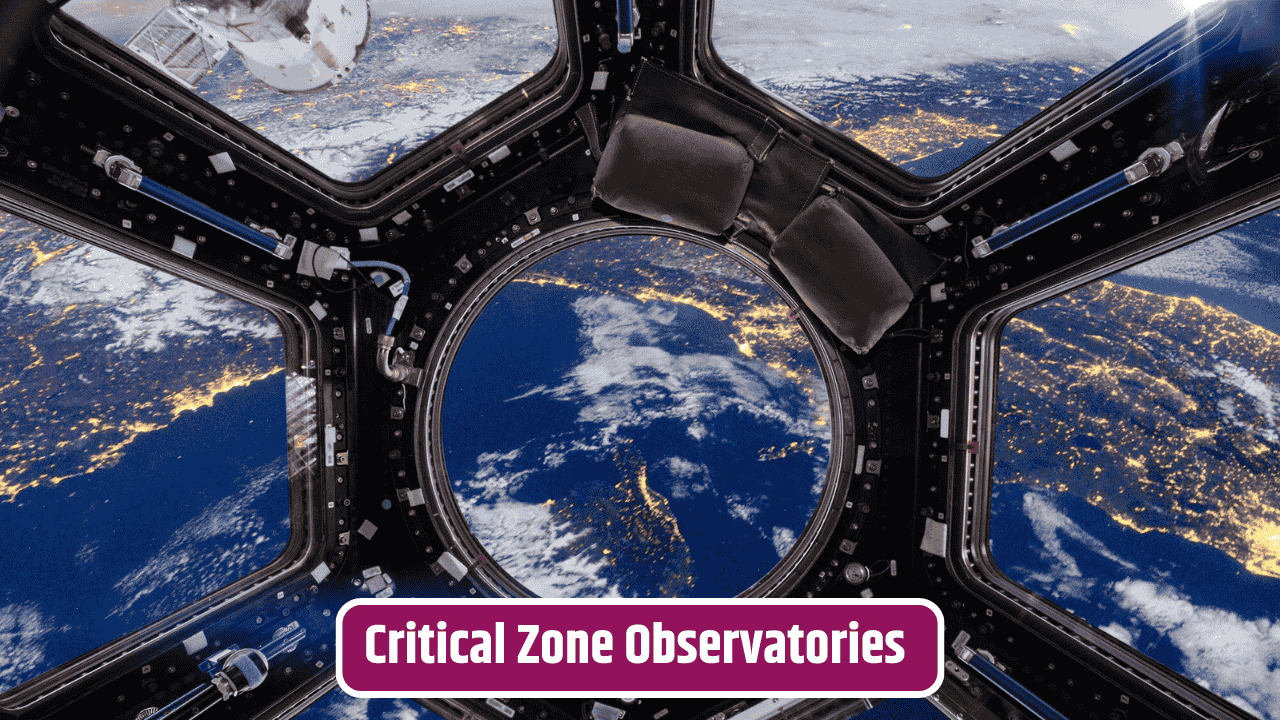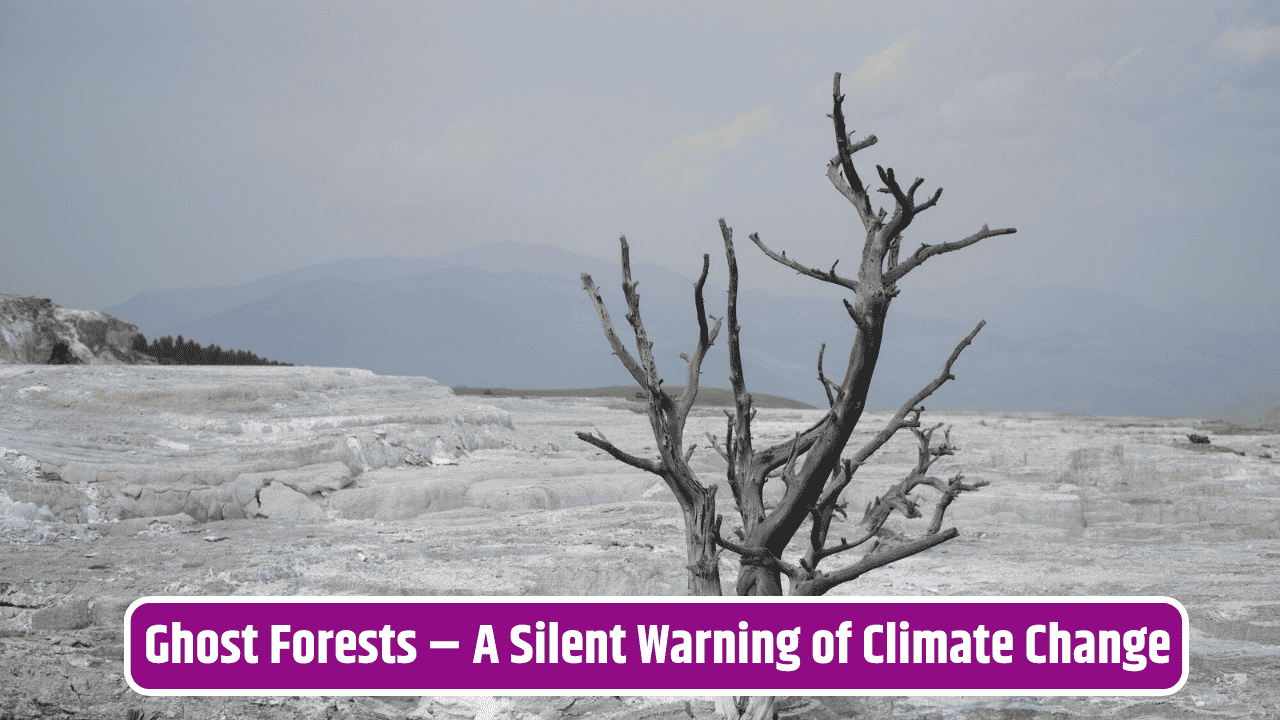If you’ve ever wiped a film of gray dust off your windowsill in the middle of summer, you probably didn’t stop to wonder where it came from. Was it kicked up soil from nearby fields? Tiny fragments of car exhaust? Maybe even pollen drifting in from the trees? According to a new wave of research, the answer is: all of the above. Scientists are finding that urban dust is a cocktail of natural and man-made particles, and the way these tiny fragments mix together may carry big consequences for our health.
Table of Contents
What the Study Found
Researchers studying air quality in major cities have discovered that urban dust isn’t just soot or car fumes—it’s a blend of natural particles (like soil, pollen, sea salt, even microbes) and human-made particles (think brake pad wear, industrial emissions, construction debris, microplastics). This mixture doesn’t just float around harmlessly; it can change in chemistry as particles interact.
The result? Dust in New York doesn’t look like dust in Delhi, and dust in London isn’t the same as in Los Angeles. The local mix depends on climate, land use, and urban design—but in every case, scientists warn that breathing it in daily has health implications.
Why Dust Composition Matters
Tiny dust particles—especially those smaller than 2.5 microns (PM2.5)—can travel deep into the lungs and even enter the bloodstream. The EPA notes that exposure is linked to asthma, heart disease, and premature death. But when natural and urban dust combine, they can sometimes create new chemical reactions that amplify risks.
For example:
- Soil + vehicle exhaust → metals like lead or cadmium stick to particles, making them more toxic.
- Pollen + urban pollutants → pollen grains break into smaller pieces, worsening allergies and asthma.
- Sea salt + industrial emissions → forms corrosive particles that irritate lungs.
It’s not just what’s in the air—it’s how those ingredients interact.
The Dust Layers of a City
To understand the blend, here’s a snapshot of the major contributors to urban dust:
| Dust Source | Natural or Human-Made? | Health Impact |
|---|---|---|
| Soil particles | Natural | Mild irritant; can carry microbes |
| Pollen & spores | Natural | Allergies, asthma triggers |
| Sea salt & desert dust | Natural | Can worsen respiratory issues when mixed with pollutants |
| Vehicle emissions (soot, tire & brake wear) | Human-made | Linked to lung and heart disease |
| Industrial emissions | Human-made | Heavy metals, carcinogens |
| Construction debris | Human-made | Coarse particles irritating eyes, throat |
| Microplastics | Human-made | Emerging risk, not fully understood |
In cities like Phoenix or Dubai, natural desert dust is a huge component. In coastal cities, sea salt joins the mix. But traffic and industry add their own toxic signature, creating unique “dust fingerprints” for every urban center.
Why This Matters for Public Health
Dust is easy to ignore—it settles quietly, shows up as a thin film, and doesn’t smell like smog. But chronic exposure adds up. The World Health Organization estimates that outdoor air pollution contributes to over 4 million premature deaths each year, and dust is a big part of that story.
For vulnerable groups—children, the elderly, people with respiratory issues—the risks are higher. Cities with mixed natural and urban dust often see spikes in ER visits during heatwaves, construction booms, or pollen season.
What Can Be Done?
The study emphasizes two fronts: policy and personal action.
- At the city level: Green infrastructure (trees, green roofs), stricter emissions standards, and dust-control regulations for construction sites all help reduce harmful mixes.
- At the household level: Air purifiers, sealing windows during high-dust days, and tracking local air quality indexes can make a difference.
- Globally: Cutting fossil fuel use remains key—less soot means fewer dangerous reactions with natural dust.
The USGS has even begun mapping dust transport across regions, showing how desert dust from Africa can reach Europe or the Americas. In an interconnected world, one city’s dust problem isn’t entirely its own.
The Bottom Line
Dust may seem mundane, but it’s becoming clear it carries a complex story of climate, urbanization, and health. By understanding how natural and human-made particles interact, we can better design cities, craft policies, and protect ourselves. The next time you swipe a layer of dust from your desk, remember—it’s not just dirt. It’s a chemical snapshot of your city, and it’s worth paying attention to.
FAQs
What’s the difference between natural dust and pollution?
Natural dust comes from soil, pollen, or sea salt, while pollution comes from vehicles, factories, or construction. In cities, they mix.
Is indoor dust the same as outdoor dust?
Not exactly. Indoor dust often includes fibers, skin cells, and household pollutants, but outdoor dust does sneak inside.
How dangerous is urban dust compared to smog?
Both are harmful. Dust is a major component of particulate pollution (PM2.5 and PM10), which is linked to lung and heart disease.
Can masks or air purifiers really help?
Yes. High-efficiency filters (HEPA) can significantly reduce indoor exposure to fine particles.










